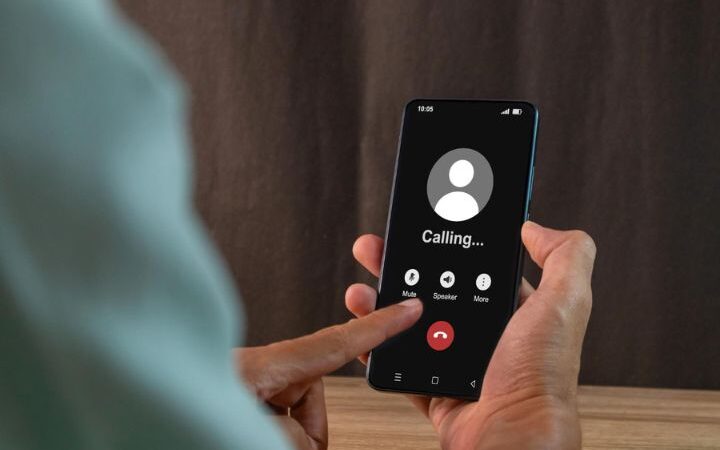10 Top Principles Of Effective Web Design Every Designer Should Know

A well-designed website is one of the best ways for a business to increase conversions, and it’s also crucial if you want to rank higher in search engines like Google. Many factors go into designing an effective website, but there are ten principles that every designer should take note of and follow closely. These principles will help you create a design that is professional and helps your clients achieve their goals.
1. Purpose Of Website
Most websites have an inadequate purpose or no clear message for visitors. The best way to communicate your website’s purpose is with an engaging tagline that summarizes what you do.
A good tagline for this blog post could be: “How to Design an Effective Website” or “Top Ten Principles of Website Design Every Designer Needs to Know.”
Your web designer should bring out a clear vision and purpose of your website through the design and copy. It’s essential to have a clear purpose for every page on your website; you can accomplish this through the layout of your content. The best formats will allow users to find what they’re looking for without being distracted by other elements like ads or images unrelated to their one goal.
There should always be an element of organization in web design; this helps visitors navigate the site quickly with little effort. Also, it encourages them to stay longer on each page instead of leaving after finding what they were looking for very swiftly or never arriving at all if there are too many visual distractions.
2. User-Friendly Interface
A good interface will help visitors navigate your website quickly and easily. It’s important to consider how a user would want their experience to feel and the type of content they may be looking for on your site. So, be sure to collaborate with a Houston web design agency that has a focus on user experience as it will benefit you considerably.”
A straightforward navigation menu is one way you can make it easier for visitors to find what they’re looking for on your site. You should also keep in mind that not everyone prefers using a mouse or touchpad – there are many other ways people interact with websites these days! Consider all options when designing an interface that works best for them.
3. Content Strategy
The content you include on your website is the most critical part. When designing a site, make sure there’s enough information provided so that visitors can make informed decisions. The content you provide should be interesting, relevant, and helpful for your visitors.
4. Navigation Design
One of the essential parts of a website is how users navigate it; this plays an integral part in its success. When designing navigation, make sure that there are clear paths to what people want with no confusion or frustration.
A Few Navigation Tips Are:
- Always provide clear directions to an exit, even if you have a “back” button on the page; this helps people know where they’re going and what content is next.
- Use arrows for directional pathways so that visitors can visualize their options without clicking around too much or getting lost in confusing pages.
- Provide contact information on all pages to make it easy for visitors to reach you.
5. Search Engine Optimization (SEO)
Every website should have an SEO strategy in place so that people can find your site when they search online and see the content from relevant results. There are many aspects of SEO, but some simple things you can do to improve your site’s rankings include:
- Creating meta descriptions and titles that are clear, concise, engaging, and optimized for relevant keywords.
- Making sure images have good attributes, so they show up in search engine results appropriately.
- Ensuring your website has a well-designed navigation system with no dead links.
- Ensuring your website follows the best SEO practices and strategies in place to find it when they search online and see the content from relevant results.
6. Usability Testing
Always test your design by regularly receiving user feedback during the development phases. It will help you create more user-friendly designs and provides opportunities for feedback while you’re still in the process of creating your layout.
7. Mobile-Friendly Site
Accessing websites from various devices with different screen sizes, thus it is crucial to ensure your website is mobile-friendly. A website should be designed with responsive web design because it’s essential to make sure content is accessible on all devices, including mobile phones and tablets. It doesn’t mean you have to create a mobile-specific site, but rather that you should create a design where the content changes based on the device’s screen size. However, you can still build a dedicated mobile site that is designed for mobile users.
8. Technology Integration
Every website has some technology integrated into its foundation, including input forms or social media buttons. These tools help drive traffic to your site by making them easy to share with friends, followers, and other contacts.
9. Design For User Experience
When designing interactive interfaces such as websites or mobile apps, one primary consideration is creating an experience where users intuitively complete tasks without frustration or confusion. Such an experience leads to happy customers who will want to come back again in the future. It means applying sound usability principles through several phases, design, and testing while also considering how the interface will respond to user input.
10. Colors And Fonts
When designing your website, it’s essential to keep in mind elements of good design, such as logo placement and how graphics are displayed throughout the site. For instance, if you use too many different fonts or colors for your text, it can be very distracting for visitors; also, make sure there is enough contrast between the background color and other page elements so they’re readable.
Conclusion
Effective web design is thoughtful, creative, and strategic. Always keep your layout simple to allow users to find what they’re looking for easily without being distracted by flashy ads or other unnecessary elements on the page, like images. Your content should be front and center with minimal distractions so people can focus on reading about your products/services.
Also Read : UX Product Designer: What It Is And Why This Profile Is Demanded


